Subphylum Vertebrata Suborder Serpentes Rank Species | Phylum Chordata Higher classification Nerodia | |
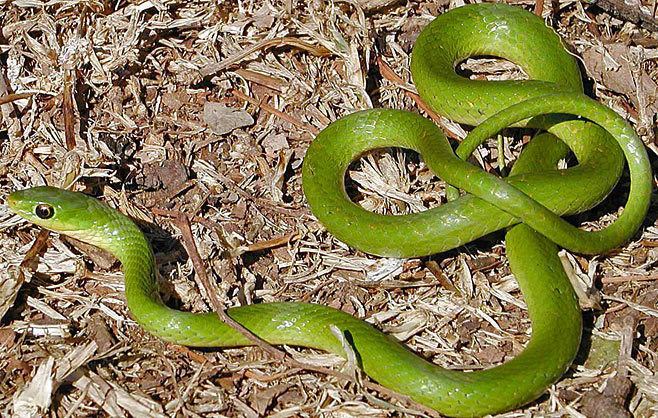 | ||
Similar Snake, Nerodia, Nerodia floridana, Reptile, Brown water snake | ||
Green water snake at lufupa camp kafue national park zambia southern africa
The green water snake (Nerodia cyclopion) is a common species of nonvenomous natricine snake endemic to the southeastern United States.
Contents
- Green water snake at lufupa camp kafue national park zambia southern africa
- Close encounters green water snake
- Geographic range
- Description
- Habitat
- Diet
- Subspecies
- Reproduction
- References
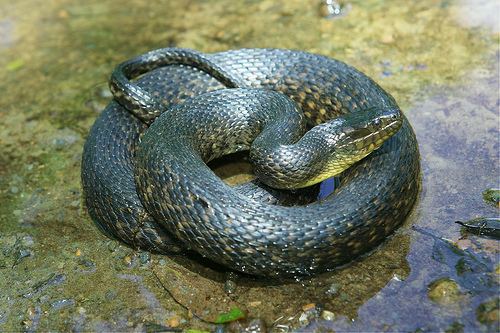
Close encounters green water snake
Geographic range
It is distributed from Florida westward to Louisiana, and northward through the Mississippi Valley into southern Illinois.
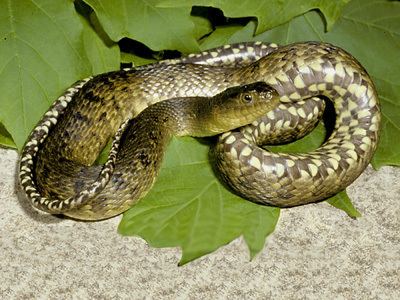
More precisely, it is found in southwestern Alabama, southeastern Arkansas, Florida, southeastern Georgia, southern Illinois, southwestern Indiana, western Kentucky, Louisiana, southern Mississippi, southeastern Missouri, southern South Carolina, western Tennessee, and southeastern Texas.
The type locality is New Orleans, Louisiana.
Description
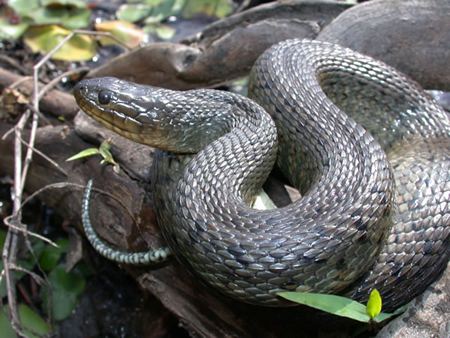
This species differs from all other North American water snakes by having one or more small scales under the eye, giving the appearance of a ring of small plates around the eye.
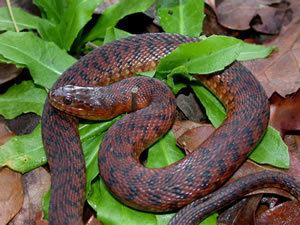
These heavy-bodied snakes are dark green, olive, or brown dorsally. Ventrally, they are yellowish on the anterior third, and the on remainder they are dark brown with yellow or white semicircles.
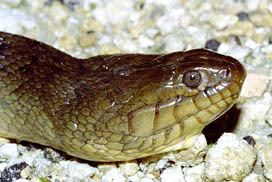
They average 76–140 cm (30-55 in.) in total length; record, 188 cm (74 in.) for a specimen of N. c. floridana.
Habitat
N. cyclopion prefers still waters such as bayous, lakes, marshes, ponds, sluggish streams, and swamps. It is sometimes found in brackish water.
Diet
It preys upon crayfish, frogs, and fish.
Subspecies
Reproduction
Green water snakes are ovoviviparous. Mating takes place on land in April. The young are born in July or August, and are about 25 cm (10 in.) long. Brood size varies from 7 to 101, depending on the size of the female. The females, which are larger than the males and have two more dorsal scale rows, may weigh over 4.1 kg (9 lbs.).
